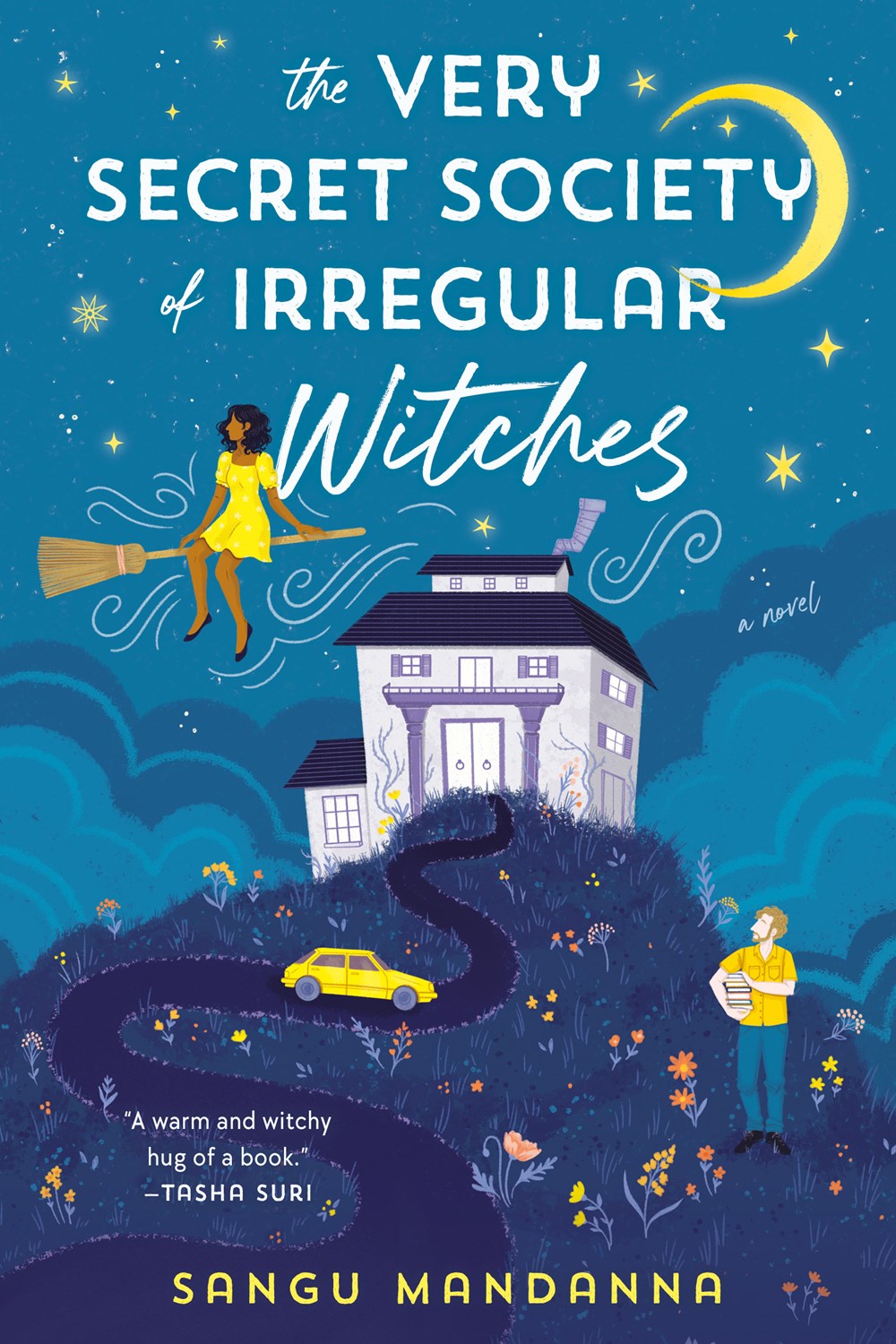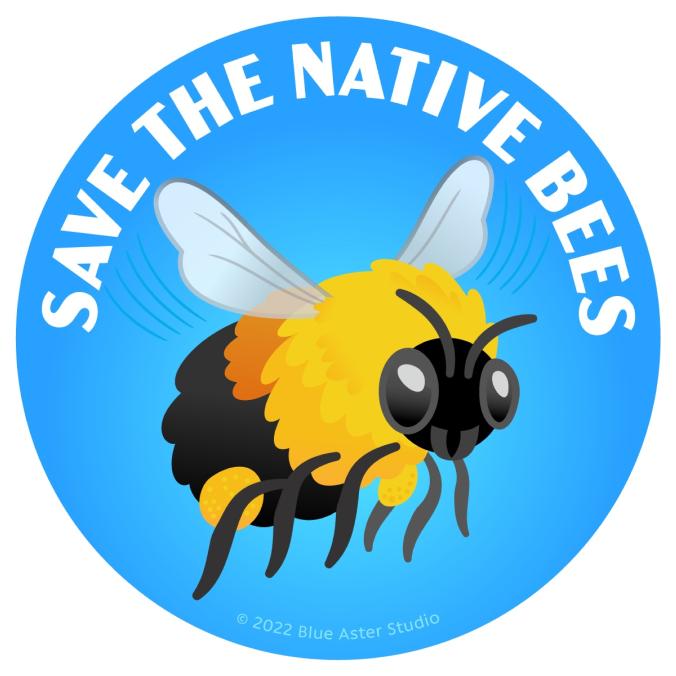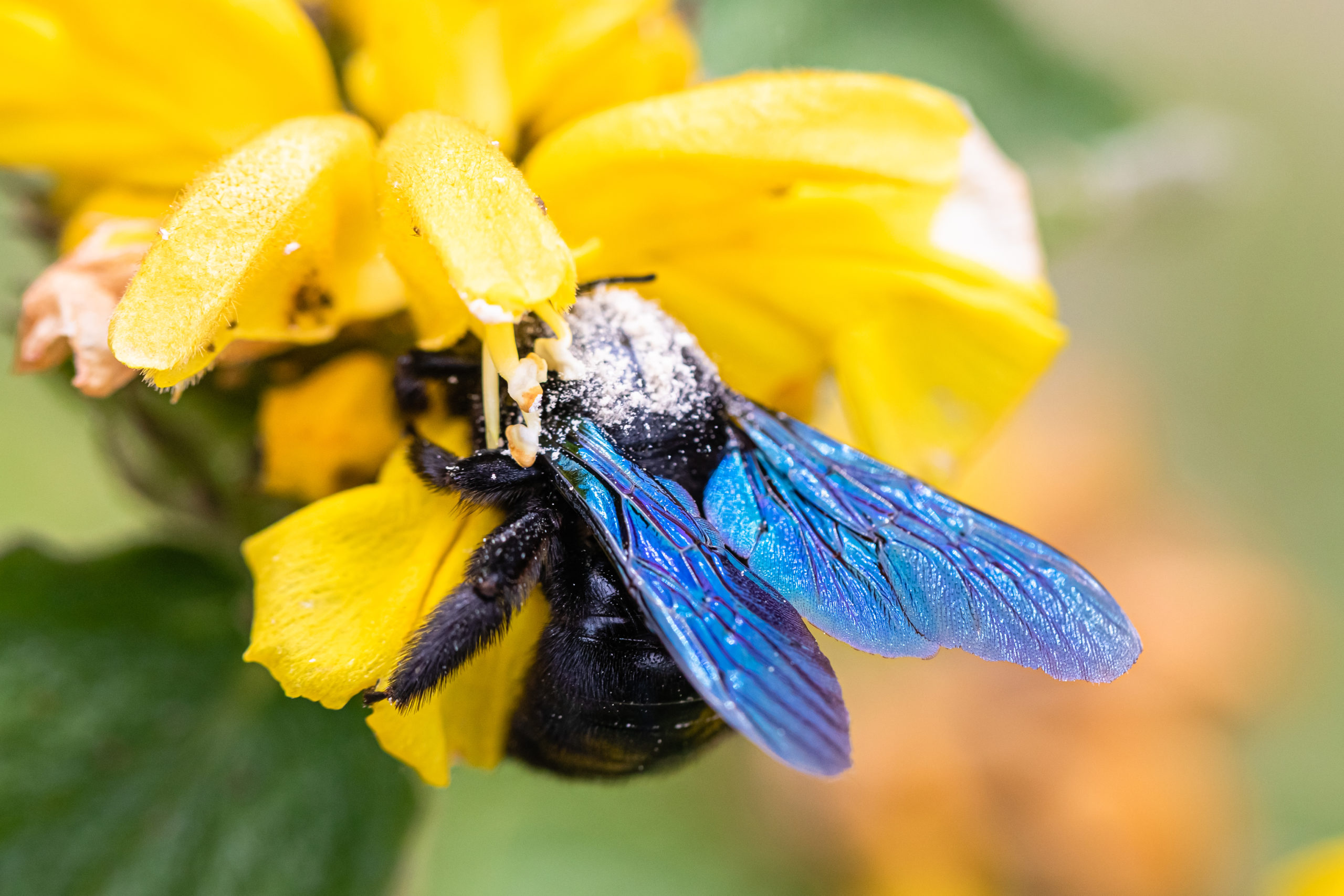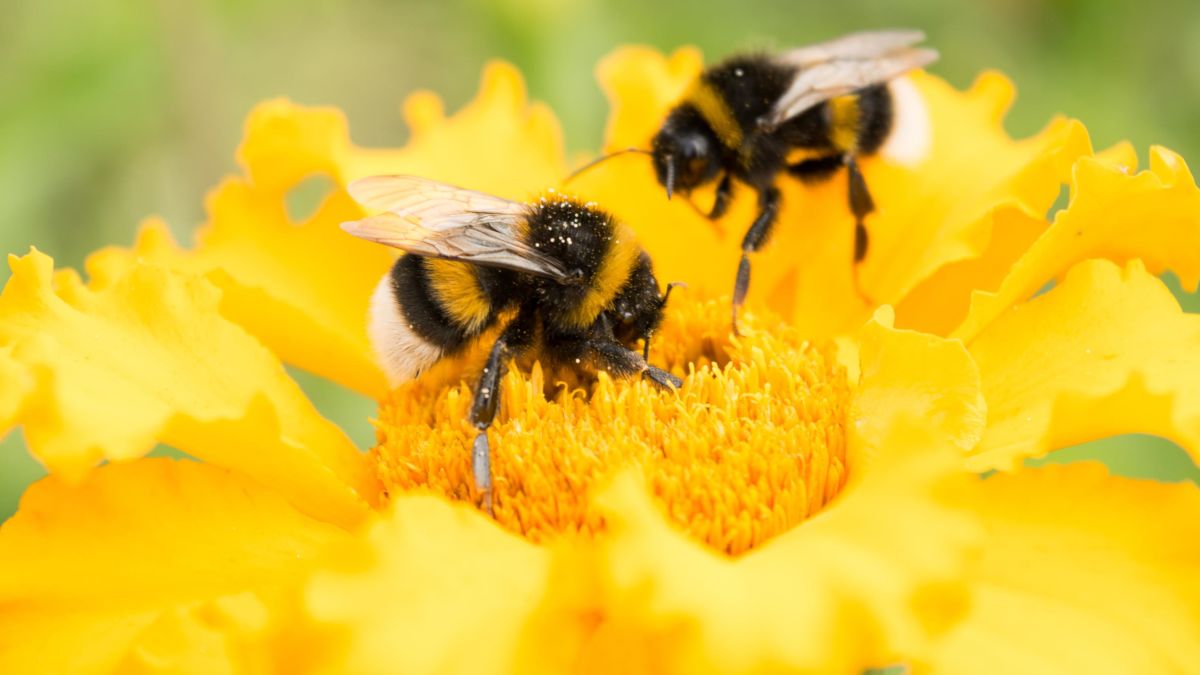
THIRTEEN
BOOKS
THE WHITE HARE
By Jane Johnson
THE VERY SECRET SOCIETY OF IRREGULAR WITCHES
By Sangu Mandanna
THIS MAGICAL WORLD
Native Bees
A CAT NAMED ZUZU
Cutest Pet Contest
Hello, my magical mavens! It's Wednesday Witch time. This is a junction between my Toadstone & Bumbershoot posts and my La La in the Library posts; with a good helping of Fantasy book topics and quiet little everyday witch things.
•
★★★★
•
I listened to the audiobook, via Hoopla, and this cover is by far my favorite. It doesn't appear that this cover art is found on a hardcover, and this saddens me deeply. I really enjoyed the story and will most definitely be looking to read another book from this author.
I like this one, too.
★
•
I want to make it clear that I didn't give this book one star because it was a cozy. I always rate books on how well they function within their intended audience. I know the new Fantasy cozies can be done well because I loved Legends and Lattes and liked its prequel Bookshops and Bonedust. I also didn't mind The House in the Cerulean Sea by T.J. Klune, although I considered that story more like Middle Grade reading level for adults, than a cozy. I saw this author compared to Klune over and over. The publisher even compared this book to The House on the Cerulean Sea. To me there was no comparison.
•
Yesterday was WORLD BEE DAY and I was horrified at the number of people who were saying that honey bees are the only bees that pollinate crops and orchards. As a matter of fact native bees as a whole pollinate more crops and orchards than honey bees and many of them are endangered!
•
Native bees are an unappreciated treasure with 4,000 species, from tiny Perdita to large bumble bees, they can be found anywhere in North America where flowers bloom. Most people don’t realize that there were no honey bees in America until the White colonists brought hives from Europe. Native pollinators, in particular bees, had been doing all the pollination on this continent before the arrival of honey bees. Our native bees continue to do a great deal of pollination, especially when it comes to native plants. The honey bee doesn’t know how to pollinate a tomato or an eggplant flower, while some native bees are masters at this. The same thing happens with a number of native plants such as: pumpkins, squash, blueberries and cranberries which are more efficiently pollinated by native bees than by honey bees. Let's take a closer look at our busy, sometimes overlooked, native bees.
•
Scientific Name: Osmia Lignaria Natural Habitat: Canada and the United States – woodlands and forests Pollination: Fruit trees (apple, cherry and pear), blueberry bushes, almond trees These bees are iridescent dark cobalt blue with furry exteriors. They are solitary creatures that like to feed on the nectar of a variety of fruit-bearing plants. In the areas that they inhabit, the Blue Orchard Mason bees are debatably more effective than honeybees in their pollination contributions.
•
Bumble bee populations in North America are down by 60 percent.
•
Well... Zuzu isn't so tiny at twelve pounds, but he is in a cutest pet contest! Please vote for him! Voting is free! The 23rd is the last day to vote in the first round. He's all the way at the bottom because it's alphabetical, so keep scrolling!














No comments:
Post a Comment
Thank-you for dropping by! I love to chat, so comments get a lot of love.